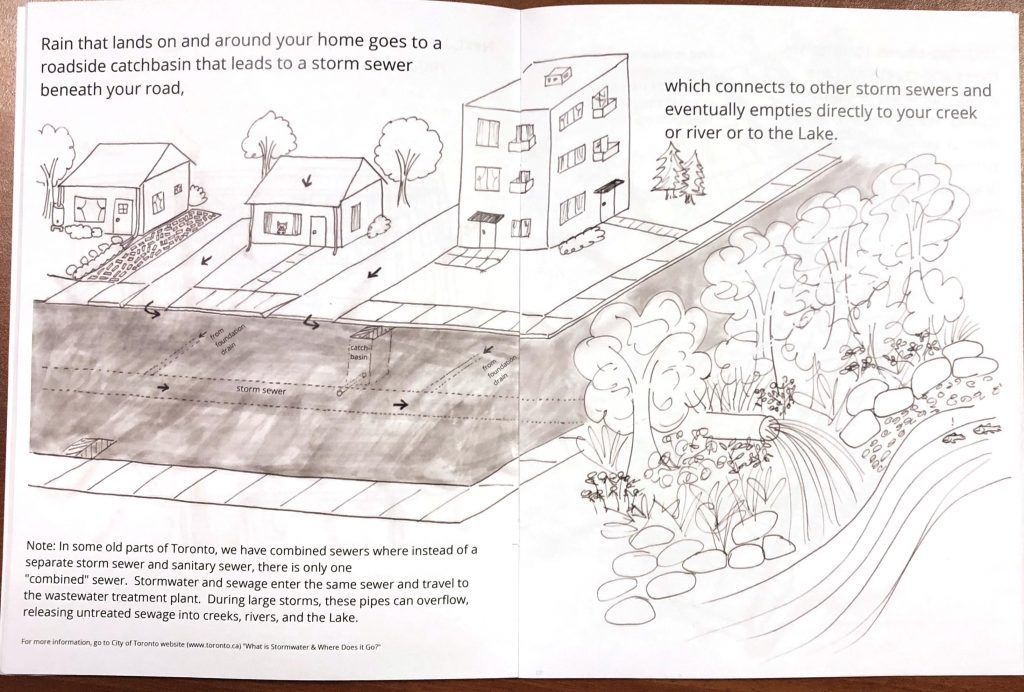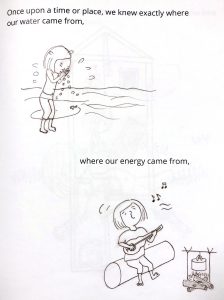
She took time off her job to write a book.

Mariko Uda (Civ 0T4, PhD 2016) took time away from engineering work in order to pursue a long-held dream of turning author.
Her self-published book titled “Where does it all come from? Where does it all go? Toronto’s water, energy & waste systems” is the result.
Uda has long wanted to share her understanding of infrastructure and environment, saying, “I’ve been thinking about this kind of a book since my civil engineering undergrad. A lot of us live in the city and we turn on light switches, we flush the toilet, and we throw things in the garbage, but we don’t really think about where it all comes from or where it goes.”
Helping to bridge the average Torontonians’ understanding of their daily interactions with utilities, and with resources as a whole, was a key goal. “I’m an environmentalist and I feel part of the problem is that in cities we don’t have a connection to the land or water we are actually dependent on. With this book I wanted to bring what’s hidden up to the surface to show people how we’re connected. For instance, our water comes from Lake Ontario.”
Toronto specific
“I live here, so I picked Toronto to base it upon. If I lived somewhere else, it might have been a different book about a different place. I made it place specific because a lot of books tell you the concepts in abstract in saying something like ‘this is how a water treatment plant works’ or ‘this is how this is how hydro electric energy works’ or whatever. A lot of education is abstract because they’re trying to teach concepts.”
The 52-page book is also illustrated by Uda, making it approachable for all ages and levels of education. Simple diagrams work both to attract and assist children in understanding simple concepts, but are also supplemented by statistics and figures older readers find useful.
I have pictures in it, so it’s good for kids. But also for newcomers, because in coming here they have no idea how and where things are coming from, or are going to, since the place they came from likely had very different infrastructure.
“I did my research on low-impact development stormwater management practices, which are design features that reduce the amount of water going to the storm sewers by holding it on a property or helping it to be absorbed by the ground. That was my research my first two years at grad school, but then I switched to PhD. My doctorate research was on how to design sustainable and resilient neighborhoods for future climate.”
Booked a sales table before starting
Uda ambitiously first booked a table for Word on the Street, a Toronto book festival, then began her creative process this past spring. With the looming September 22 deadline approaching, it was a strong incentive to finish her project.
Mindfulness is also one of Uda’s goals. “Once we know how we’re connected, then we can be mindful of our connections and then mindful of our actions and our impacts, and interactions,” she proclaims.
This limited-run book is available online at ecomariko.com for $20 ($25 with fed tax and shipping).
By Phill Snel


